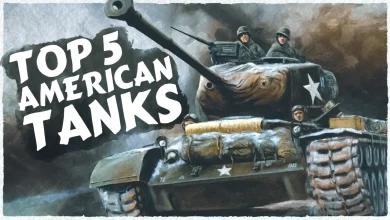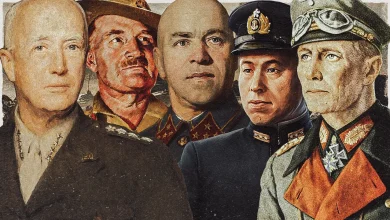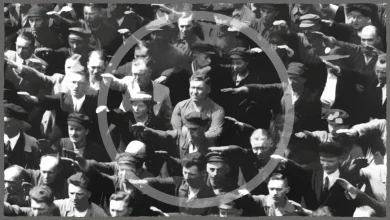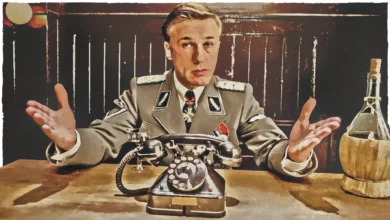Famous Soviet Sniper Who Killed 309 Nazis in World War II: Lyudmila Pavlichenko
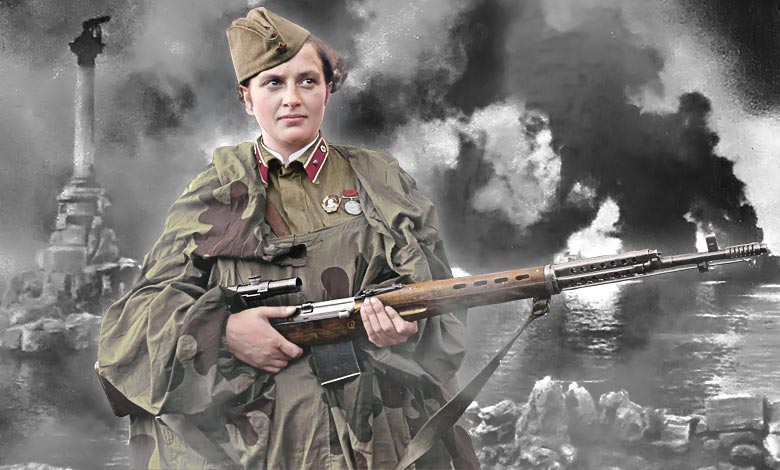
“I am writing this at the request of the Soviet Antifascist Youth Committee… I’m Ukrainian. I was born in the town of Bila Tserkva, not far from Kyiv, 26 years ago. I am a most ordinary-looking girl, medium height, and dark brown hair, which I used to wear long. I had to cut it short as soon as war broke out, and now my cap covers it easily. For the rest, I have no particular distinguishing marks, except for a little scar on my forehead just above the bridge of my nose. That is a mark left by a German long-range shell fragment.”
That’s what Lyudmila, the most famous female sniper in Soviet history, referred to herself in a 1942 article.
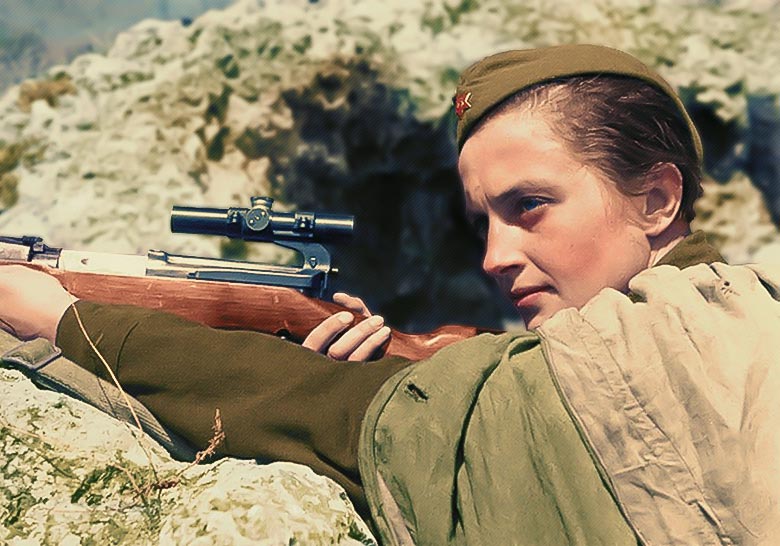
A few years before writing this article, Lyudmila had been invited to the Military Engineering School. However, she declined the offer and said she had nothing to do with the army or the war. She managed to enter the University of Kyiv in 1937 and pursued an academic career goal. She was one of the people farthest from becoming a sniper.
While Lyudmila is involved in many athletic sports such as running, jumping, and swimming in her daily life, she accidentally becomes interested in guns one day.
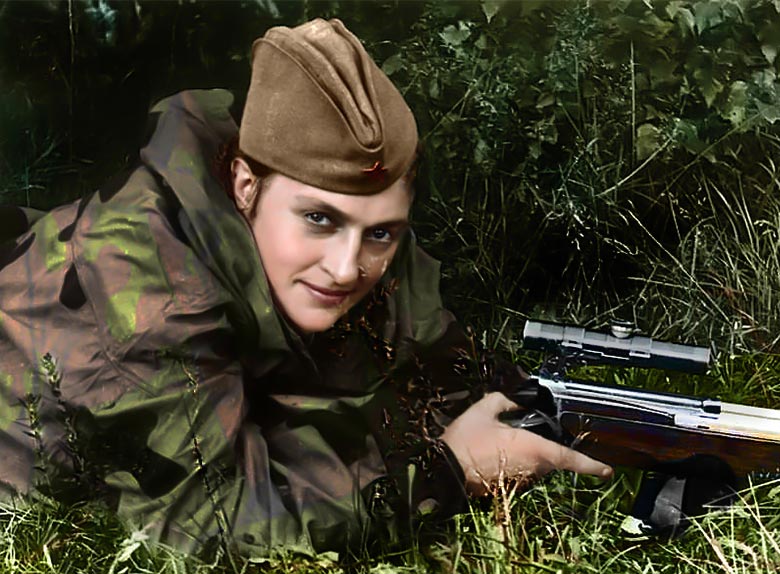
One day Lyudmila hears one of the kids at school bragging about how well he shoots on the shooting range. She decides to give herself a try and even surprises herself with her talent. Even once, Lyudmila shots 15 times in an award-winning competition, and she scores total points in all 15 of them.
While Lyudmila continues her education, the event that will change her fate breaks out on June 22, 1941.
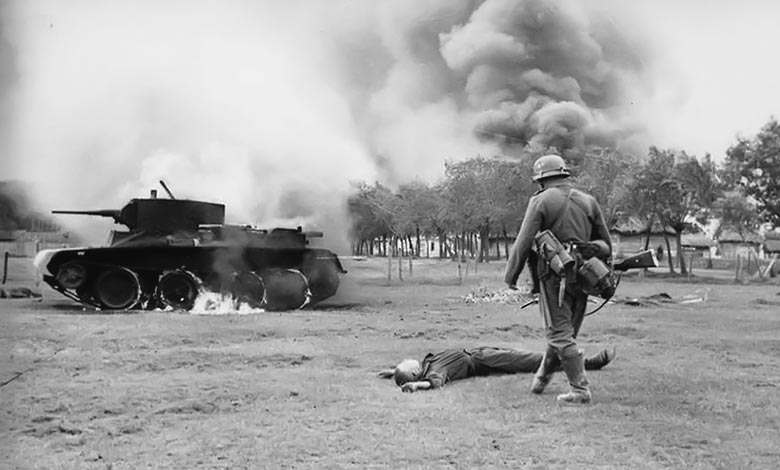
That day, at 2 a.m., the last train was making its way across the Bug River to the German-occupied part of the Russian-German border. An hour later, the darkness of the extremely short summer night was faded, and Hitler was breaking the Non-Aggression Pact with Stalin and launching Operation Barbarossa.
Upon this event, Lyudmila decided to enter the army and struggled for a long time to be accepted, but eventually, she would reach her goal.
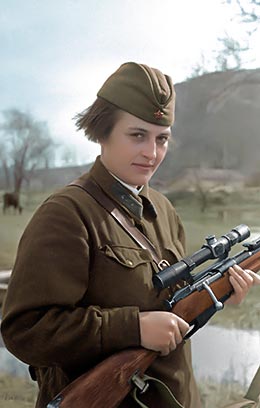
“They wouldn’t take girls in the army, so I had to resort to all kinds of tricks to get in. And after a long time, I did—I was a soldier like the rest—and took part in the defence of Odessa. Let me tell you how I opened my personal account with the enemy; things like this aren’t easily forgotten! My turn came to occupy the firing position. I lay there and watched the Rumanians digging themselves in only three or four hundred yards away. We were strictly forbidden by the commander to shoot without his permission. I passed the word down the line, “May I fire?” and waited impatiently for a reply. Instead, the commander sent back the question, “Are you sure of hitting them?”, “Yes,” I said, “Then fire!”. I got a grip on myself, forced myself to be steady and cool, took very careful aim—and fired! My Rumanian flung up his arms and dropped. I waited for a fraction of a second. Another head appeared over the top. I got that one, too. A third Rumanian cleared out. That was my baptism of fire. Even after that, my personal account showed nothing to my credit. The two Rumanians didn’t come into it; they were counted as trial shots. But from that time on, I regarded myself, and so did my comrades, as a full-fledged sniper, who could be trusted with independent work.”
Lyudmila was assigned to hunt the Nazis with her Mosin-Nagant rifle, which uses 7.62mm bullets and is fed with a 5-round clip.
However, it would take some more time for Lyudmila to kill someone on the battlefield. On July 8, the Nazis had reached the gates of Kyiv and had advanced to the forest area 150 km away. All men and women were fighting and dying. Fleeing Soviet soldiers were shot by their superiors or caught and forced to starve with their families.
On August 8, the Nazi offensive on Odessa had begun.
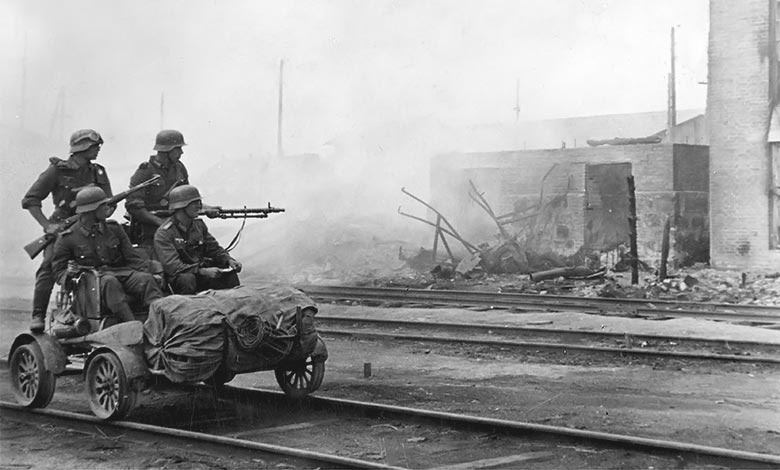
Lyudmila and other soldiers were positioned in an area facing a narrow and open space. They could spot a few enemy soldiers who were easy targets. However, Lyudmila froze and could not shoot. At that moment, she heard a voice from her side. When Lyudmila returned, she found that one of the young soldiers she had befriended a few days ago had been shot in the head. “After that image, nothing could stop me anymore.”
Although they had to retreat that day, Lyudmila would shoot one of the German soldiers the next day.
Lyudmila was killing a second soldier before the first soldier fell to the ground. But the Germans were still causing trouble.
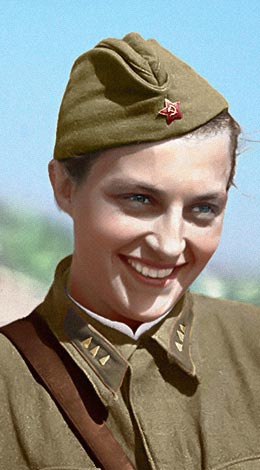
“It was the German snipers who taught me caution, endurance, and restraint. If I so much as stirred a finger, a bullet would whistle just over my head, or at the back of my legs. Occasionally a German tin hat would appear, just a fraction of it, and you think: “I will get that, Fritz!” You fire, and the tin hat waggles like the head of a toy elephant and disappears. It was only a German decoy to make the sniper betray his position. Following that, the Germans usually opened such a squall of fire that you dared not even raise your head. It was just terrible. From sheer fright, you would call out, “Machine gunners—save me!” Then the gunners would open fire—quiet the Germans down a bit—and you would be able to crawl back, more dead than alive, for a breathing space. Of course, that was only at the beginning. Afterwards, I got used to the fire and the German tactics. I learned all their tricks and how to keep my position a dead secret. After a while, things went very well.”
Lyudmila had become thoroughly unstoppable after figuring out the German tactics.
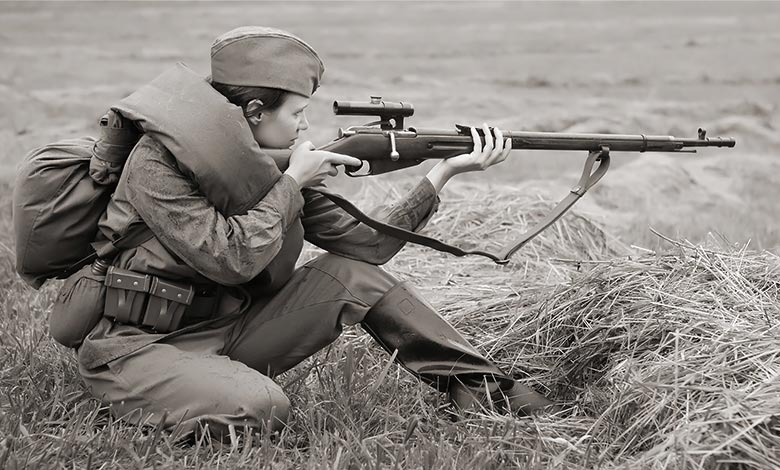
Bullets that were coming out of her rifle were cutting through the silence like a knife. Lyudmila’s shots terrified both German and Russian soldiers. On the 28th day of the Siege of Odessa, the number of soldiers Lyudmila killed had already reached 100.
One of the days that followed, as soon as Lyudmila climbed a tree and took up position to get a better view of the area, two bullets going over her head would hit the tree. When Lyudmila realized that she had no other choice, she would drop herself from that height and fall between two graves and felt unbearable pain in her spine. Lyudmila remained motionless on the ground that day, pretending to be dead. When the sun went down, she crawled back to safety.
The war has become fierce and no stone to remain standing in Odessa. Meanwhile, Lyudmila was killing 87 more Nazi soldiers in September.
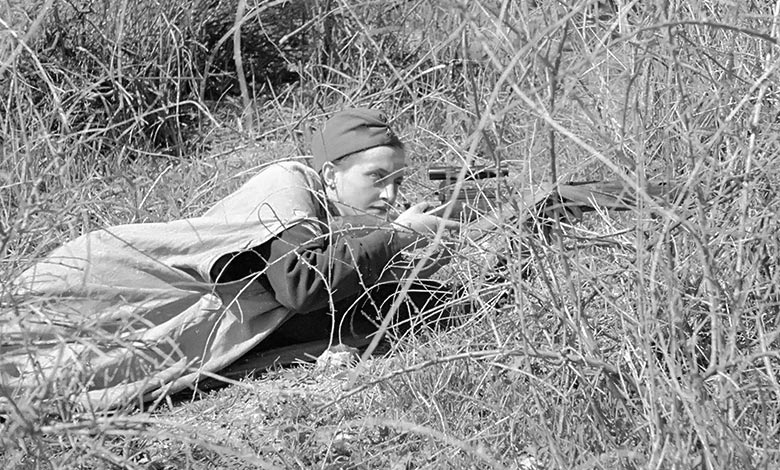
Lyudmila took command of her unit after heavy losses. After Odessa fell, she would have to continue her duty in Sevastopol. Sometimes, she would stay fixed in one spot for two days, patiently waiting for a single shot. She would lose weight and become unrecognizable as winter approached. Soviets used her reputation to inspire other soldiers and give messages like, “If even a young woman like this can fight that much…”.
One day, when rain blocked her view, she managed to shoot a German soldier from a great distance.
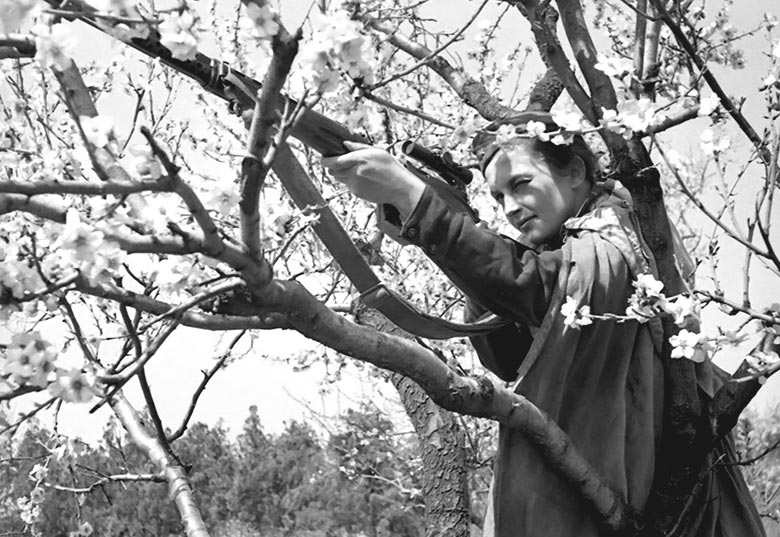
The Germans knew very well that only Lyudmila could make such a shot. A German officer stood up long enough to shout, “Lyudmila, leave your Bolshevik friends and come and join us.”
As soon as the German officer finished his word, Lyudmila pulled the trigger, and he was dead on the spot.
On November 11, Lyudmila was dueling with another sniper who was giving her the most difficulty.
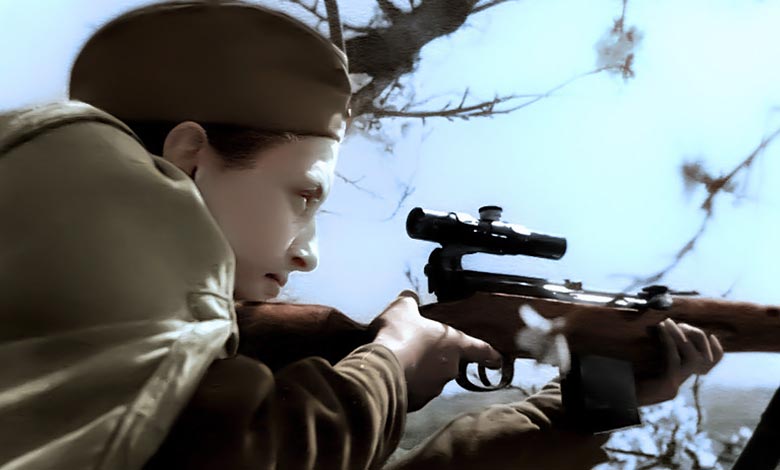
Lyudmila had taken a position at night to hunt the nazis. Early in the morning, she saw a helmet in the bushes. Thinking it might be a trick she used, Lyudmila decided to wait and not reveal her location. Despite paying attention to every movement in the area for several hours, she could not see a target. However, she knew that behind these actions was a very experienced enemy soldier. While she holds her ground, she heard the first shot. The flash that caught her eye at the last moment made her understand the location of the opponent. The rock near her head had shattered. The second shot also grazed her head by inches. She quickly retreated and took a new position for herself. She could barely see the field.
As the weather began to cloud and snow, Lyudmila did not move a bit.
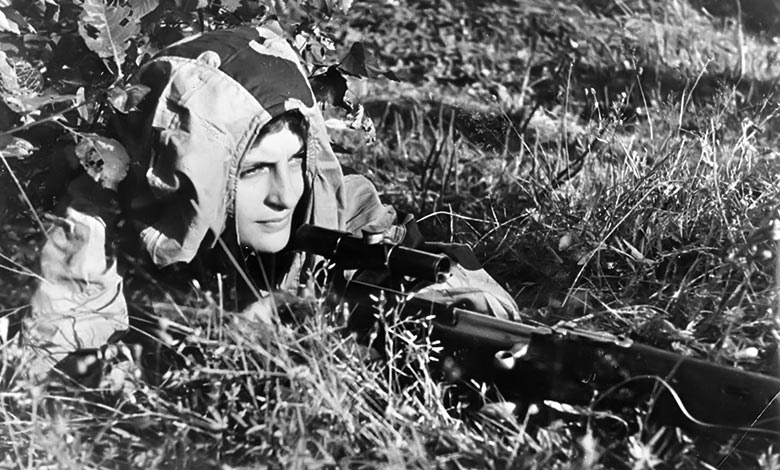
As the cold, stress, hunger, and thirst quelled, both snipers knew very well that even the slightest mistake could cost a lot. After ten hours, the German sniper barely lifted his head for a second and instantly felt the bullet in his forehead. The winner was Lyudmila, and the soldier she killed was an expert sniper who had killed more than 400 people since Dunkirk.
When the Nazis killed her husband, Lyudmila swore to avenge her husband and increase the number of kills from 257 to 300 in days.
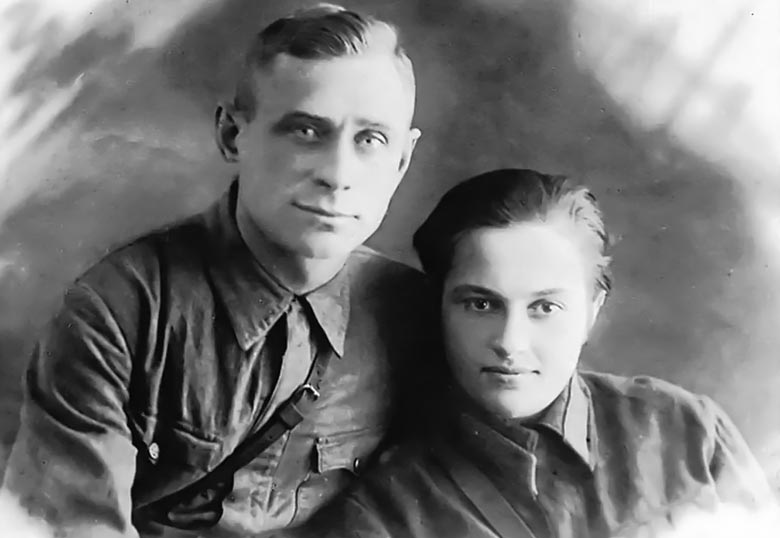
After keeping her word and increasing the number of kills to 309, on the last day of her mission, Lyudmila heard a message from loudspeakers: “If we catch you, we will tear you into 309 pieces and scatter them to the winds!” She was pleased to know that the Germans knew her record.
But that day, 570 tons of bombs would fall on the ruined city of Sevastopol. One of the shrapnel fragments hit Lyudmila’s body and put her in the hospital. After first aid was given there, she was taken away from the city by a submarine. On July 1, the city would fall.
Although Lyudmila’s kill count is 309 according to official records, it is assumed that she killed more than 500 Nazi soldiers, together with those who could not be recorded because she worked alone most of the time.
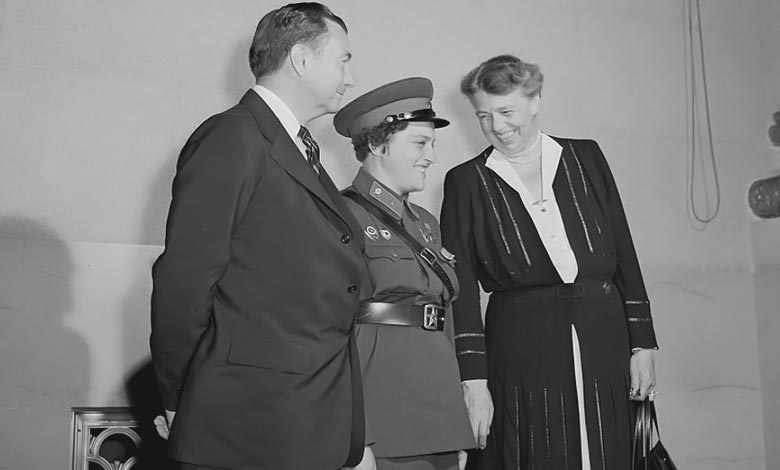
Lyudmila was later commissioned by the Soviets to send her on visits to the United States to call for support. Lyudmila became the first Soviet citizen to be welcomed at the White House. She gave speeches in 43 cities of the USA. All fingers were kissed by Charlie Chaplin as he said, “It’s just incredible that this little hand has killed Nazis, has scythed them down by the hundreds, without missing….”
When Lyudmila returned to her country, she continued to train other snipers.
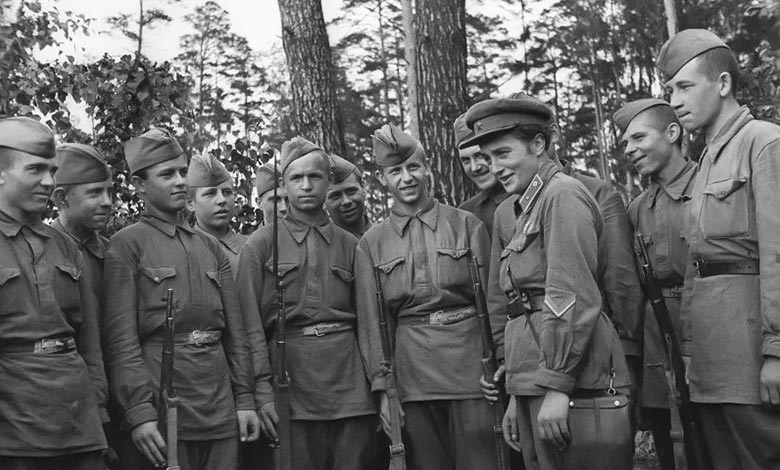
After the war ended in 1945, she returned to Kyiv University and completed her doctorate in history, continuing as a historian for the rest of her life. She died in 1974, of natural causes, at the age of 58. After her death, a Sevastopol street close to where her husband Leonid Kitsenko died was named after her.
Her life is told in the movie “Bitva za Sevastopol” (Battle for Sevastopol), released on April 2, 2015. And there is a Call of Duty: Vanguard operator called Polina Petrova, based on Lyudmila Pavlichenko.
